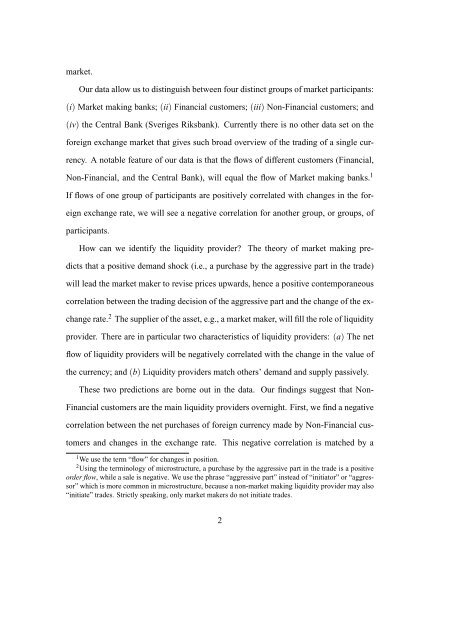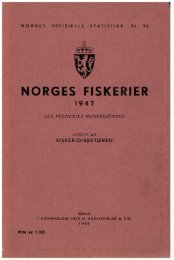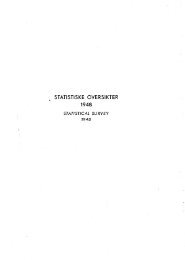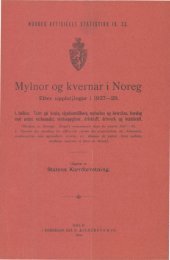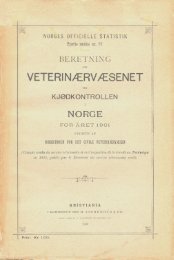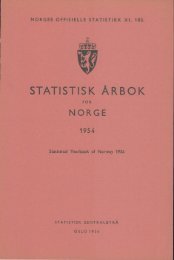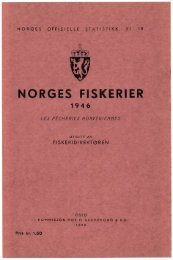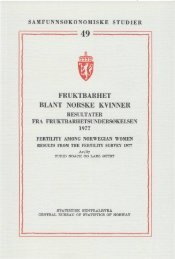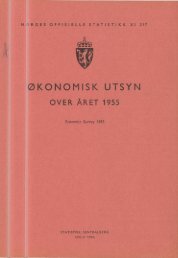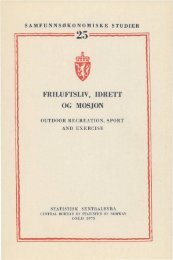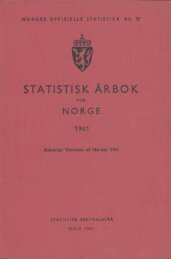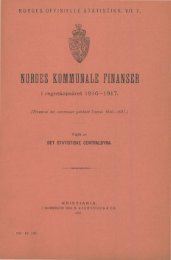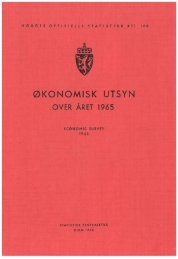Liquidity provision in the overnight foreign exchange market
Liquidity provision in the overnight foreign exchange market
Liquidity provision in the overnight foreign exchange market
You also want an ePaper? Increase the reach of your titles
YUMPU automatically turns print PDFs into web optimized ePapers that Google loves.
<strong>market</strong>.<br />
Our data allow us to dist<strong>in</strong>guish between four dist<strong>in</strong>ct groups of <strong>market</strong> participants:<br />
(i) Market mak<strong>in</strong>g banks; (ii) F<strong>in</strong>ancial customers; (iii) Non-F<strong>in</strong>ancial customers; and<br />
(iv) <strong>the</strong> Central Bank (Sveriges Riksbank). Currently <strong>the</strong>re is no o<strong>the</strong>r data set on <strong>the</strong><br />
<strong>foreign</strong> <strong>exchange</strong> <strong>market</strong> that gives such broad overview of <strong>the</strong> trad<strong>in</strong>g of a s<strong>in</strong>gle currency.<br />
A notable feature of our data is that <strong>the</strong> flows of different customers (F<strong>in</strong>ancial,<br />
Non-F<strong>in</strong>ancial, and <strong>the</strong> Central Bank), will equal <strong>the</strong> flow of Market mak<strong>in</strong>g banks. 1<br />
If flows of one group of participants are positively correlated with changes <strong>in</strong> <strong>the</strong> <strong>foreign</strong><br />
<strong>exchange</strong> rate, we will see a negative correlation for ano<strong>the</strong>r group, or groups, of<br />
participants.<br />
How can we identify <strong>the</strong> liquidity provider? The <strong>the</strong>ory of <strong>market</strong> mak<strong>in</strong>g predicts<br />
that a positive demand shock (i.e., a purchase by <strong>the</strong> aggressive part <strong>in</strong> <strong>the</strong> trade)<br />
will lead <strong>the</strong> <strong>market</strong> maker to revise prices upwards, hence a positive contemporaneous<br />
correlation between <strong>the</strong> trad<strong>in</strong>g decision of <strong>the</strong> aggressive part and <strong>the</strong> change of <strong>the</strong> <strong>exchange</strong><br />
rate. 2 The supplier of <strong>the</strong> asset, e.g., a <strong>market</strong> maker, will fill <strong>the</strong> role of liquidity<br />
provider. There are <strong>in</strong> particular two characteristics of liquidity providers: (a) The net<br />
flow of liquidity providers will be negatively correlated with <strong>the</strong> change <strong>in</strong> <strong>the</strong> value of<br />
<strong>the</strong> currency; and (b) <strong>Liquidity</strong> providers match o<strong>the</strong>rs’ demand and supply passively.<br />
These two predictions are borne out <strong>in</strong> <strong>the</strong> data. Our f<strong>in</strong>d<strong>in</strong>gs suggest that Non-<br />
F<strong>in</strong>ancial customers are <strong>the</strong> ma<strong>in</strong> liquidity providers <strong>overnight</strong>. First, we f<strong>in</strong>d a negative<br />
correlation between <strong>the</strong> net purchases of <strong>foreign</strong> currency made by Non-F<strong>in</strong>ancial customers<br />
and changes <strong>in</strong> <strong>the</strong> <strong>exchange</strong> rate. This negative correlation is matched by a<br />
1 We use <strong>the</strong> term “flow” for changes <strong>in</strong> position.<br />
2 Us<strong>in</strong>g <strong>the</strong> term<strong>in</strong>ology of microstructure, a purchase by <strong>the</strong> aggressive part <strong>in</strong> <strong>the</strong> trade is a positive<br />
order flow, while a sale is negative. We use <strong>the</strong> phrase “aggressive part” <strong>in</strong>stead of “<strong>in</strong>itiator” or “aggressor”<br />
which is more common <strong>in</strong> microstructure, because a non-<strong>market</strong> mak<strong>in</strong>g liquidity provider may also<br />
“<strong>in</strong>itiate” trades. Strictly speak<strong>in</strong>g, only <strong>market</strong> makers do not <strong>in</strong>itiate trades.<br />
2


